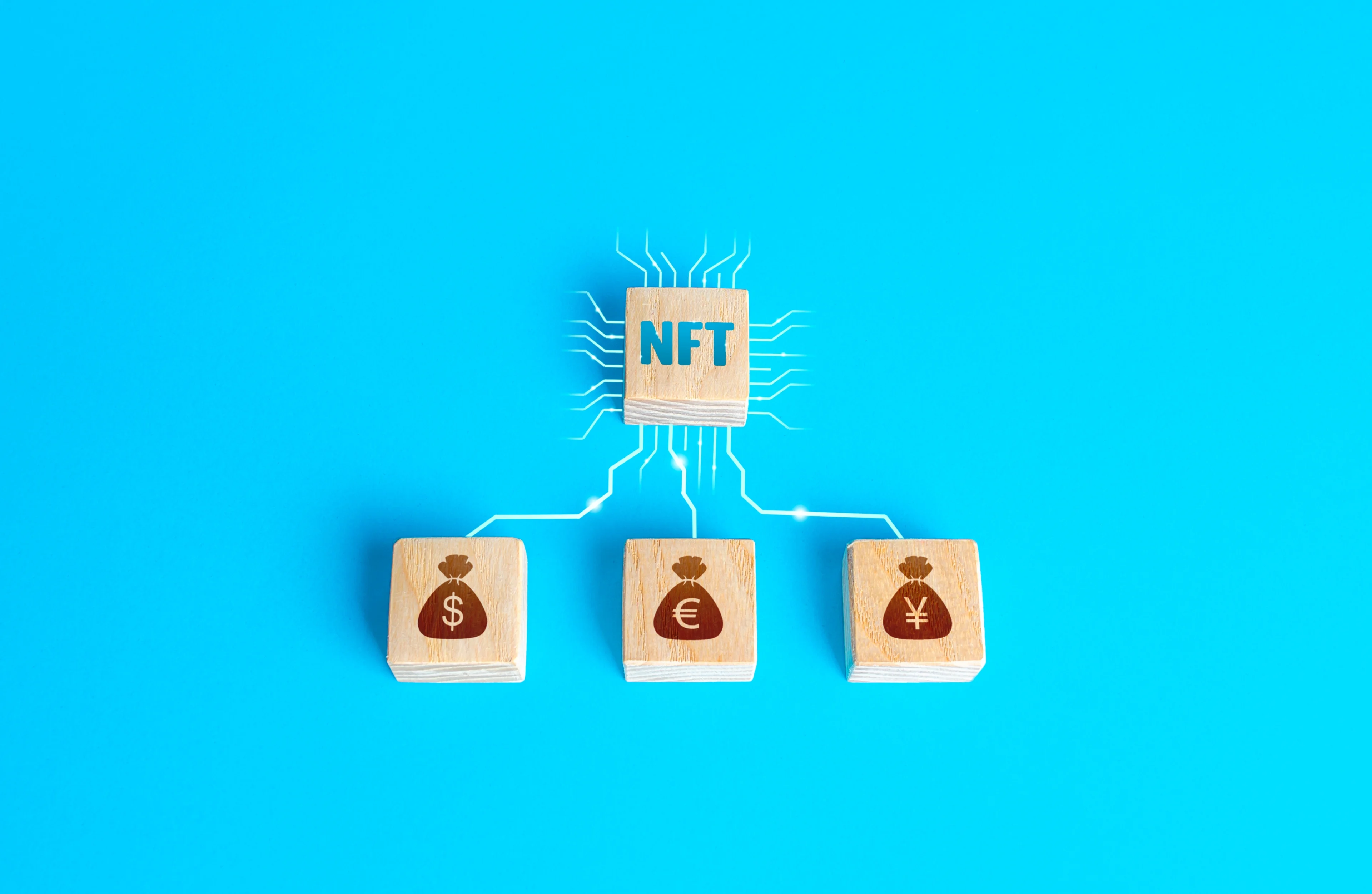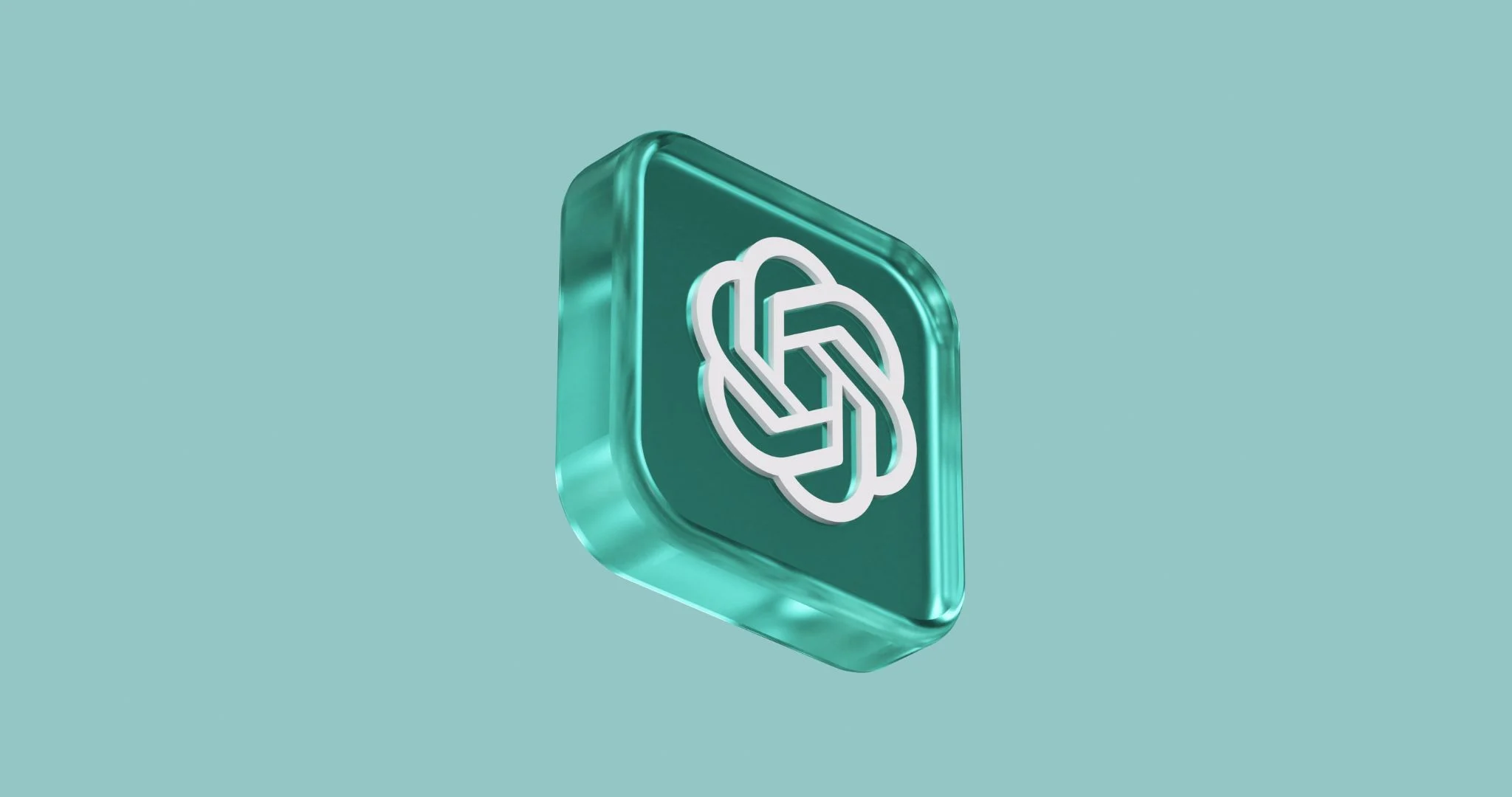Back to Blog
ETH’s Shanghai Upgrade Is Going Live. Here's Everything You Need to Know

Eric Esposito
Apr 12th, 2023
.5 min read

It’s official. And nearly $35 billion in Ethereum (ETH) is “at stake.”
After years of uncertainty and several delays, Ethereum's Shanghai Upgrade (also called Shapella) is going live on Wednesday at 6:27 PM ET. This means enabling access for thousands of Ethereum validators to submit partial or full withdrawals on millions of staked ETH.
With the virtual floodgates open for ETH stakers, crypto investors are curious how Shapella will impact Ethereum's ecosystem, ETH's price, and the broader Web3 economy. Also, since Ethereum is such a hot spot for NFT trading, creators and collectors are on edge about how Shanghai will influence their digital collectibles.
So, what is the Ethereum Shanghai Upgrade, and why do so many crypto enthusiasts believe it's one of 2023's biggest events?
What is the ETH Shanghai Upgrade?
The ETH Shanghai Upgrade is a scheduled protocol change in the Ethereum blockchain, technically known as a "hard fork." Although Ethereum Shanghai introduces a few new features to the network, the most significant will be for people staking Ether (ETH) coins on the blockchain (aka EIP-4895). This upgrade enables anyone who locked ETH on Ethereum's Beacon Chain to withdraw ETH into their crypto wallets.
In late 2020, ETH developers launched the Beacon Chain to introduce Proof-of-Stake (PoS) consensus to the Ethereum ecosystem. In a PoS model, participants must lock (or stake) coins on the blockchain to confirm crypto transactions. Anyone who agreed to stake 32 ETH in the Beacon Chain got regular ETH rewards but couldn't immediately withdraw their crypto. First, Ethereum had to replace the old Proof-of-Work (PoW) blockchain with the Beacon Chain in an event called "The Merge." After The Merge was successful in September 2022, the Ethereum team started talking about enabling ETH withdrawals in 2023.
In January 2023, developers began implementing the Shanghai upgrade on the public testnet Zhejiang. Although there were talks in the Ethereum community for a March launch, the upgrade got pushed to April 12th, 2023.
Now that Shanghai is live, ETH validators are free to pull out their entire ETH stake (also called a full withdrawal) or request crypto rewards above their 32 ETH minimum stake (which is a partial withdrawal). However, these withdrawals will post at different times, even if every validator took their ETH off-chain. There will only be a maximum of 16 ETH withdrawals processed per block, which takes roughly 12 seconds each. Validators may need to wait 4.5 days to see their requested ETH in their crypto wallet.
Why is ETH Shanghai a big deal?
For people who've been staking Ethereum for months or years, it's easy to see the importance of the Shanghai upgrade. EIP-4895 transforms staked ETH from a "locked" to a "liquid" asset. If validators want crypto funds for whatever reason, they can pull crypto from the Ethereum blockchain.
However, the Shanghai Upgrade isn't just a big deal for current Ethereum validators. Crypto investors thinking about staking ETH don't have to worry about locking their crypto for an unknown time. This new withdrawal policy may bring new validators into the ecosystem.

EIP-4895 may also have short-term impacts on the price of crypto assets, especially those in Ethereum's ecosystem. There are roughly 18 million ETH staked on the Ethereum blockchain, which is roughly 15 percent of ETH's circulating supply. Nobody knows how many people will pull out their staked ETH and dump it on the open market. Some analysts fear the influx of ETH supply could drag the price of Ethereum lower, while others argue the Shanghai upgrade will likely be a non-event.
Will Ethereum Shanghai affect ETH's price?
Every crypto trader has a different opinion on how the Shanghai Upgrade will influence ETH's short- and long-term price. If enough people withdraw their ETH simultaneously and cash out on crypto exchanges, EIP-4895 might tank ETH's market value. After all, Ethereum was trading for roughly $650 when the Beacon Chain launched, so there are some validators with significant returns. On the flip side, if the new withdrawal feature proves successful, it may attract new ETH validators to offset those leaving the blockchain.
It's also essential to remember all ETH withdrawals won't happen at one time. Ethereum can only process up to 16 withdrawals per block, so not everyone will get their ETH off of the blockchain within minutes. Also, some large staking pools like Lido Finance and crypto exchanges like Coinbase say it may take weeks to process ETH staking transactions. The staggered nature of ETH staking redemptions may minimize the negative impact on ETH's price. However, there are never guarantees when predicting crypto prices.
Does ETH Shanghai affect NFT trading?
Shanghai won't directly impact the NFT market, but any price fluctuations in ETH may have a ripple effect on the NFT trading activity. Since many high-profile NFTs like the Bored Ape Yacht Club (BAYC) are on Ethereum, any sharp moves in ETH's value could influence daily volume and average floor prices on sites like OpenSea. NFT creators may need to adjust their desired prices and royalties depending on how Ether moves versus USD.
However, NFT traders won't notice any changes when interacting with the Ethereum protocol post-Shanghai. Ethereum's average transaction speeds and gas fees will remain the same.
Will Ethereum Shanghai improve gas fees?
Staking rewards are the central component of Ethereum's Shanghai Upgrade, but there are a few other improvement proposals that may impact network fees. For instance, EIP-3651 and EIP-3855 make minor modifications to Ethereum's gas fee schedule for developers.
Although people who create decentralized applications (dApps) on Ethereum may notice lower fees post-Shanghai, it won’t dramatically affect Ethereum's scalability. Crypto traders and NFT collectors will have to wait for future updates to see a significant impact on transaction costs.
What's next after ETH Shanghai?
Following Shanghai, it's likely Ethereum will set its sights on a scaling technology known as "sharding." In fact, there was a sharding improvement proposal called EIP-4844 set to launch with the Shanghai hard fork. However, developers decided to shelve EIP-4844 for a later date to run more tests. Basically, sharding breaks down the Ethereum blockchain into smaller datasets to (hopefully) ease network congestion, speed up transactions, and lower fees.
Besides sharding updates, the ETH community recently released another upgrade called ERC-4337 which may improve network usability, especially for crypto wallets. Also called "Account Abstraction," this new protocol lets people with an Ethereum-compatible wallet set up extra security features like two-factor authentication and biometric log-in. These "Account Abstraction" updates also promise to help users store their wallet's private keys in a "Smart Account" linked to their smartphone's hardware, effectively creating a cold wallet. ERC-4337's security and UI/UX improvements may encourage more non-crypto-natives to explore all Ethereum offers.
ETH Shanghai: Another step toward Ethereum's scalability
Ethereum's Shanghai Upgrade may not be as revolutionary as 2022's Merge, but it marks another step forward for the world's second-largest crypto project. From now on, there's clarity on when people can un-stake their ETH, which might make more crypto investors comfortable locking in their ETH for passive income. Only time will tell how Shanghai influences staking activity, but it's definitely a milestone in Ethereum's ongoing development.
Related Posts

What Are NFT Royalties? A Guide to Decentralized Growth in 2023
Whate are NFT royalties? In 2023, the decentralized internet is opening new...

Don Thibeau
Feb 14th, 2023

ChatGPT Is Reshaping the Economy. Here's What It Means for NFTs
AI text generators like ChatGPT are changing the world, including the world...

Virginia Valenzuela
Apr 10th, 2023

The Weekly NFT Drop: April 10-16
From Botto’s first editions to another round of Reddit collectibles, we've ...

NFT.com Team
Apr 10th, 2023